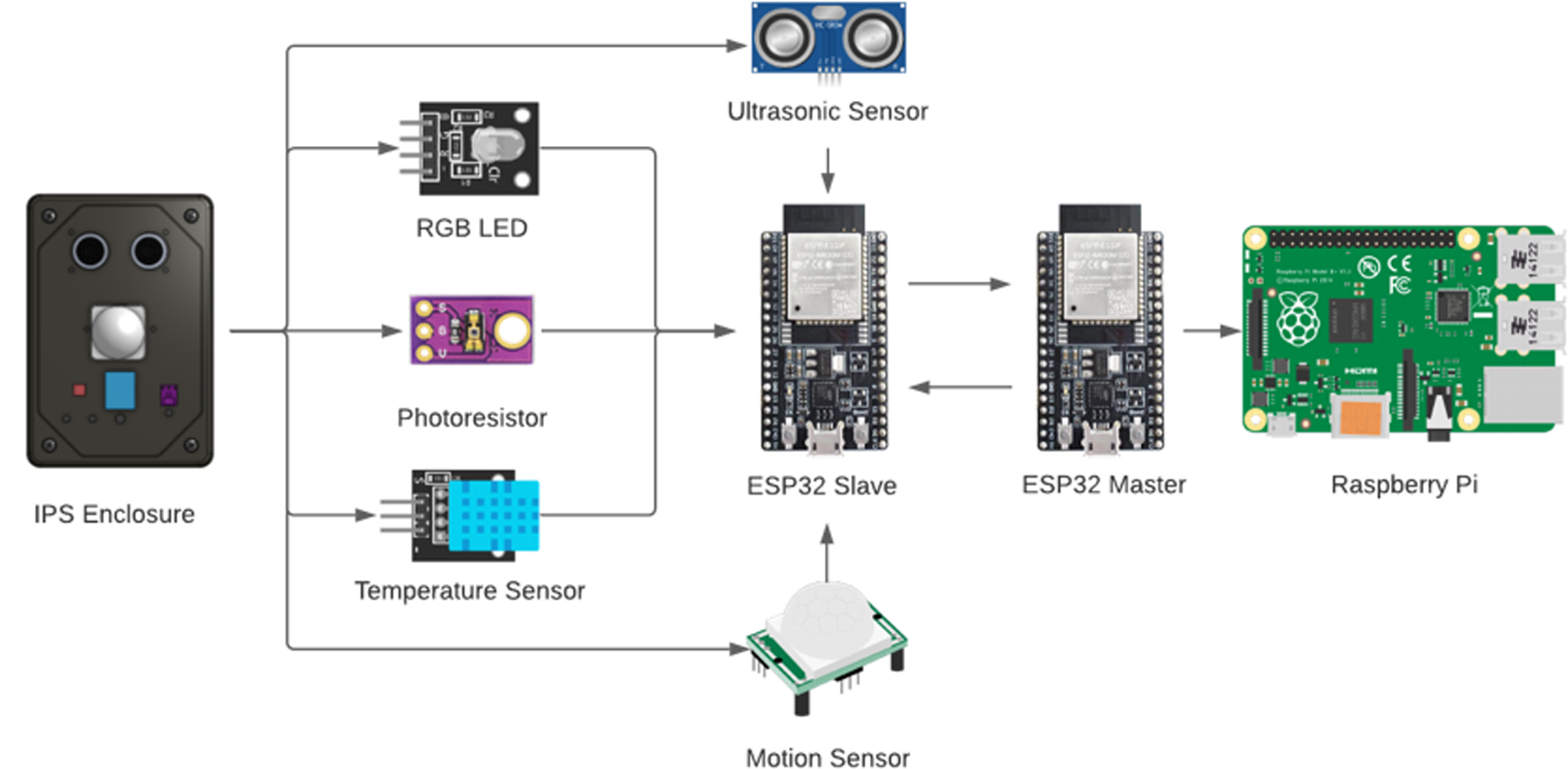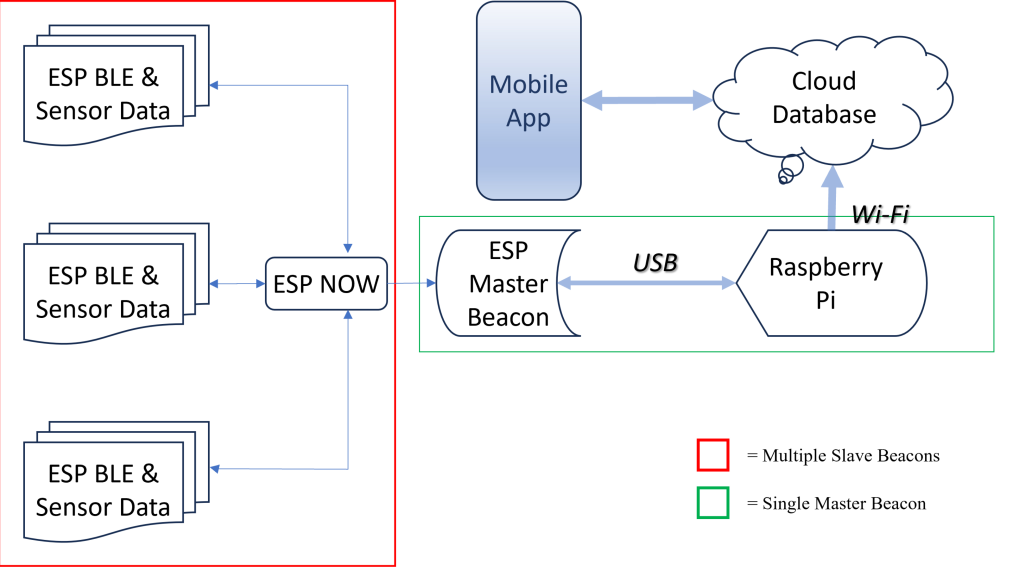A new study describes an indoor‑positioning system built around Bluetooth Low Energy. Each room receives a mains‑powered beacon that houses an ESP32 micro‑controller running BLE in advertising mode, together with motion, ultrasonic, light and temperature sensors. Older adults wear a low‑cost tag or smartwatch that periodically transmits its identifier. Beacon modules report the relative signal strength indicator of the tag they detect to a central Raspberry Pi hub via ESP‑NOW, allowing the hub to decide where the wearer is without relying on a floor plan.

Bluetooth was selected because it works reliably at room scale, consumes little power on the wearable, and is already present in commercial tags and watches. Although the latest specification is 5.3, the authors chose the mature 4.0 stack for stability and documentation. Its 30 m nominal range comfortably covers a domestic room while avoiding the battery drain seen with Wi‑Fi.

During installation the wearer simply walks around each room for twenty seconds. The hub records baseline RSSI distributions from at least three nearby beacons, then uses an exponential filter (optimised at a 0.2 weighting) to smooth radio‑frequency noise before applying a calibration‑based lookup and, when needed, trilateration. This self‑calibration lets the system adapt to furniture, walls and other sources of multipath without professional setup.
Static tests at 1, 2.5, 5 and 10 m showed raw RSSI fluctuating by several decibels because of indoor interference; filtering reduced variance to about 1.7 dB at ten metres, making distance bands for different rooms distinct. In two typical UK‑style houses the system identified the correct room in roughly 96 % of more than 600 ground‑truth checks. Median transition recognition between adjacent rooms was under two seconds and remained below eight seconds even when rooms were far apart.
Adding the passive‑infra‑red and ultrasonic sensors improved confidence when RSSI values from neighbouring rooms overlapped, taking overall presence‑detection accuracy to 93 % with motion sensing alone. All BLE and sensor data stay on the hub and, if the resident allows an Internet link, are only mirrored transiently to Firebase for remote monitoring. The authors argue that this low‑cost, plug‑and‑play BLE architecture is particularly suited to large‑scale ageing‑in‑place studies and could equally track clinical equipment in hospitals.